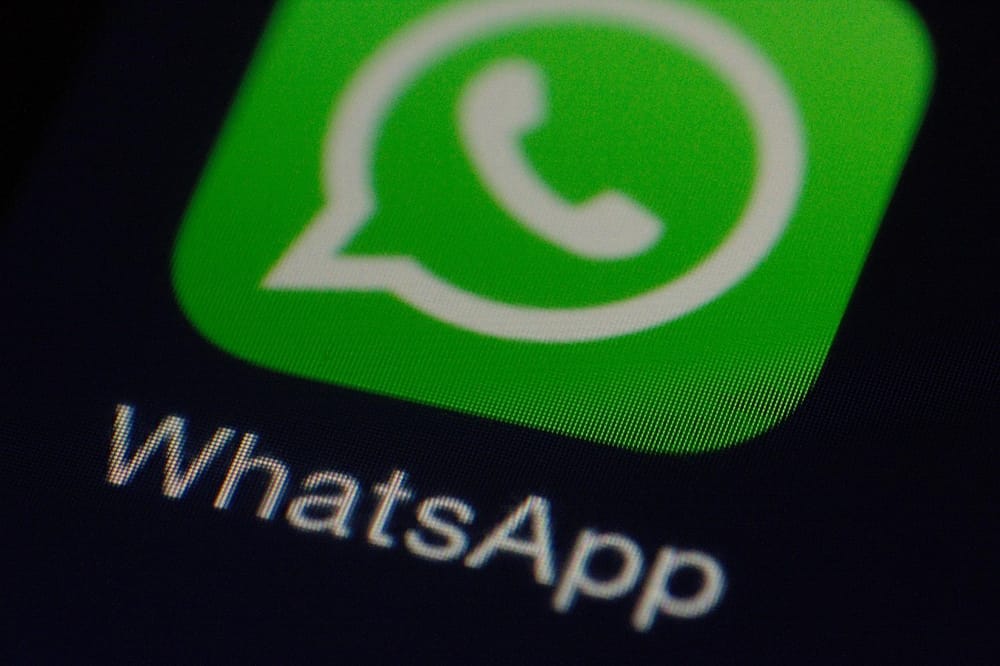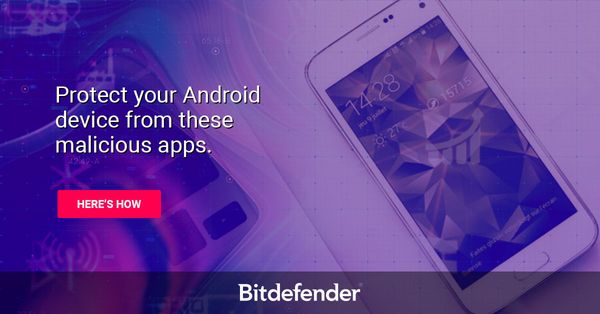Boot-time Malware Comeback

The operating principle is quite simple – while the bootloader only loads signed binaries, there is nothing in Windows 7 (or in any other version of Windows, for that matter) to check that what was loaded in memory is actually what is being executed, which provides the boot-time rootkit with a way to load and run unsigned code with kernel privileges.
Running the bootkit itself is quite another matter – to do so, an attacker would have to have physical access to the attacked machine, so that a disk containing the kit is inserted – at least, if Vbootkit 2.0 works anything like 1.0.
It’s either that, or tricking the user into booting from an infected disk. Not impossible, but not easy either.
tags
Author

Razvan Stoica is a journalist turned teacher turned publicist and technology evangelist. Recruited by Bitdefender in 2004 to add zest to the company's online presence.
View all postsRight now Top posts
How to Protect Your WhatsApp from Hackers and Scammers – 8 Key Settings and Best Practices
April 03, 2025
Outpacing Cyberthreats: Bitdefender Together with Scuderia Ferrari HP in 2025
March 12, 2025
Streamjacking Scams On YouTube Leverage CS2 Pro Player Championships to Defraud Gamers
February 20, 2025
How to Identify and Protect Yourself from Gaming Laptop Scams
February 11, 2025
FOLLOW US ON SOCIAL MEDIA
You might also like
Bookmarks








